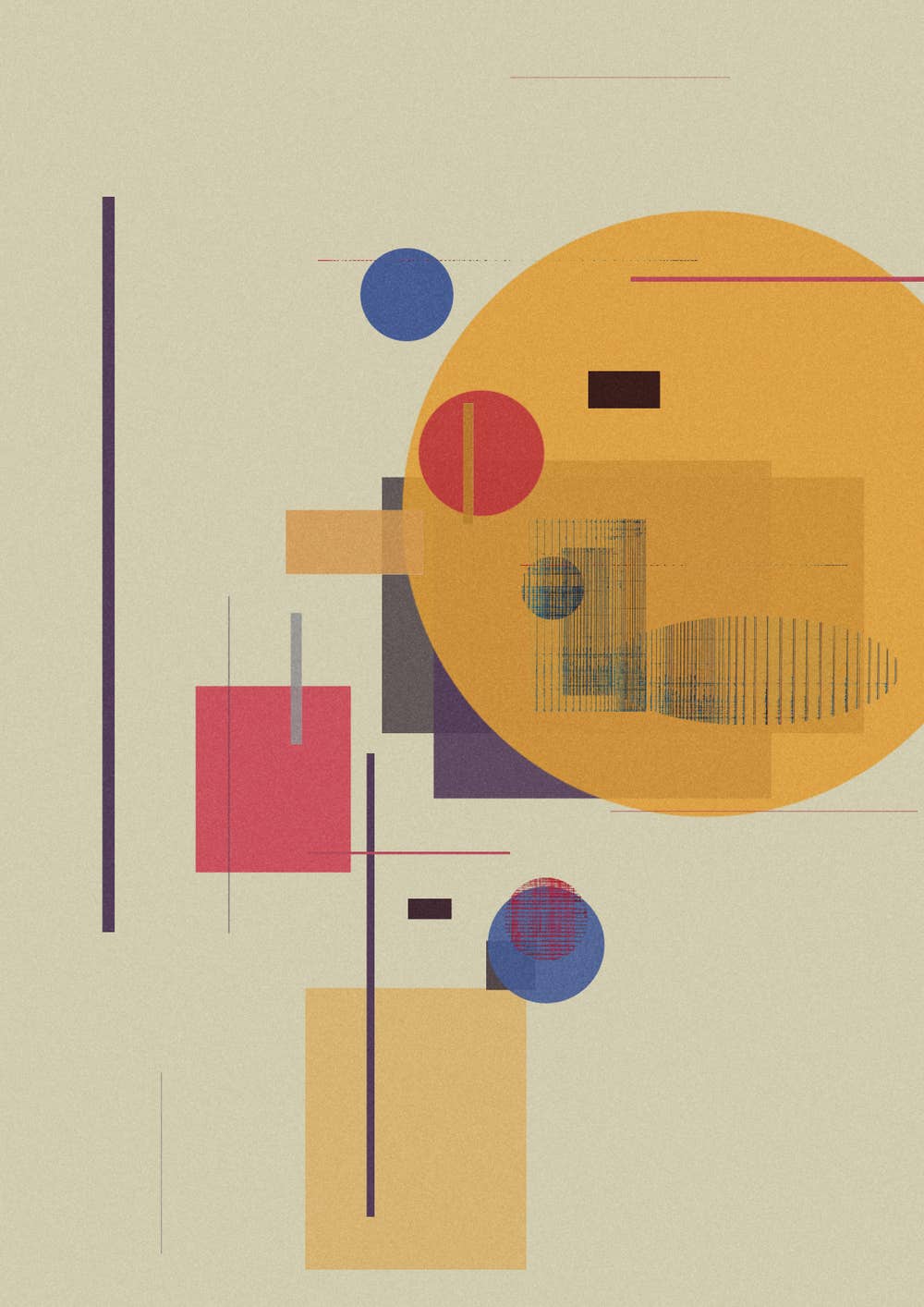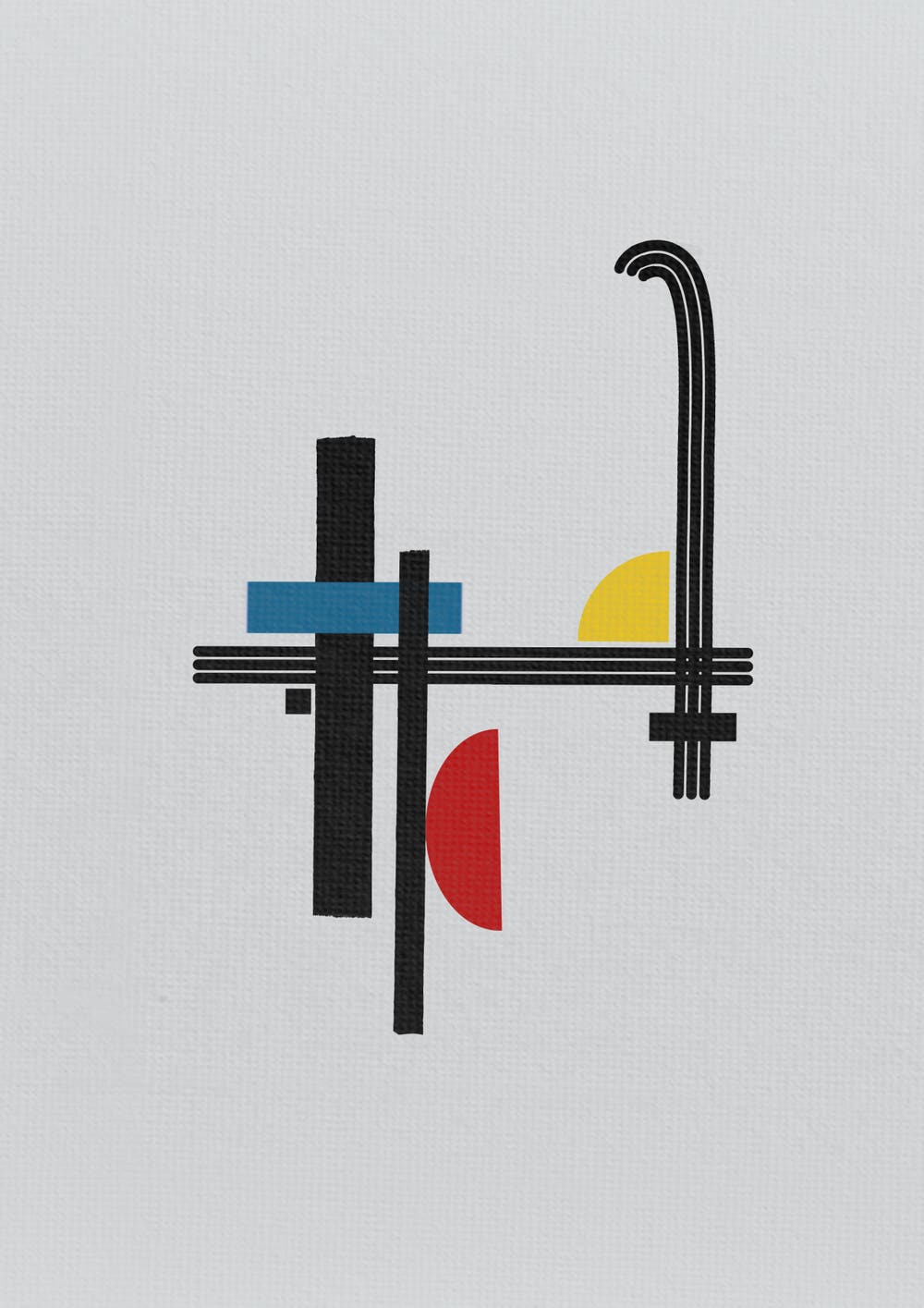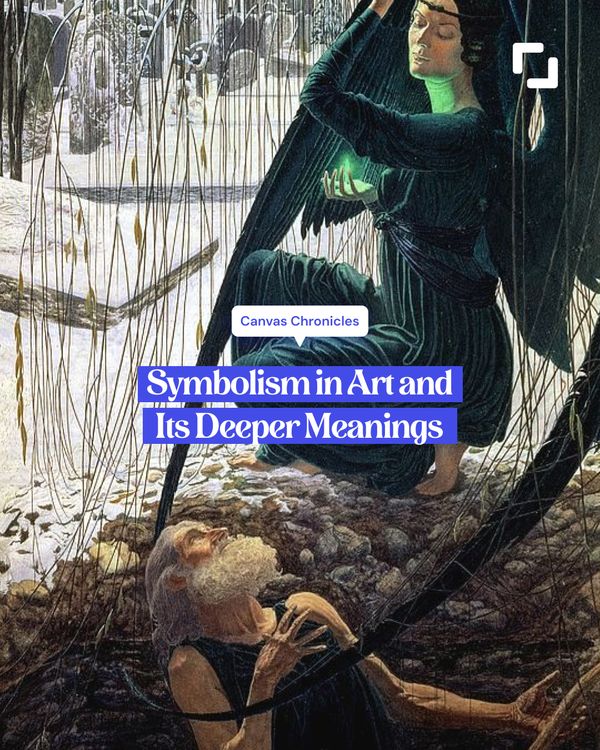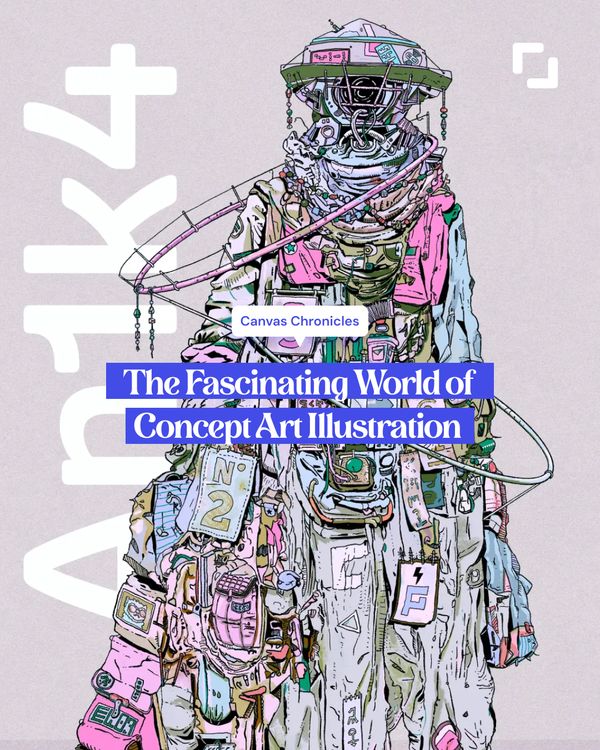Simplicity can often convey a sense of elegance and sophistication. When a design is too cluttered or complicated, it can be overwhelming or confusing for the viewer. By eliminating unnecessary elements and focusing on the most important aspects, the design becomes more streamlined and easier to understand.
The Bauhaus movement was a revolutionary art and design movement that emerged in Germany in the early 20th century. Founded in 1919 by architect Walter Gropius, the Bauhaus sought to unite art, craft, and technology to create functional, beautiful, and affordable design for the masses. The Bauhaus movement had a profound impact on modern art and design, and its influence can still be felt in contemporary art and design today.
They believed that good design could improve people's lives, and that design should be accessible to everyone, regardless of their social or economic status.
One of the key principles of the Bauhaus movement was the use of industrial materials and techniques in art and design. Bauhaus artists and designers embraced mass production and the use of new materials like steel, glass, and concrete. They sought to create objects that were simple, elegant, and functional, and that could be produced on a large scale. The "less is more" philosophy played a key role in achieving this goal.
The Bauhaus movement also emphasized the importance of collaboration and interdisciplinary work. Artists, designers, and craftsmen worked together in the Bauhaus workshops, sharing ideas and techniques to create innovative designs. This collaborative approach helped to break down the traditional hierarchies between artists and artisans, and emphasized the importance of teamwork and cooperation.
Today, the impact of the Bauhaus movement can be seen in a wide range of art and design practices. Many contemporary artists and designers continue to be inspired by the Bauhaus aesthetic, with its emphasis on simplicity, functionality, and minimalism. The Bauhaus legacy can be seen in everything from modernist architecture and furniture design, to graphic design and typography.
In 2023, inspired by this German movement, Adidas create a collection of sneakers and sportswear inspired by the Bauhaus principles. These designs incorporate clean lines, geometric shapes, and bold primary colors, and reflect the Bauhaus ethos of combining form and function. This showcases how modern design principles can continue to influence and inspire new generations of creatives.

One area where the influence of the Bauhaus is particularly strong is in the field of industrial design. Many contemporary industrial designers continue to draw inspiration from the Bauhaus approach to design, using industrial materials and techniques to create innovative and functional products. The clean lines and geometric shapes that are characteristic of Bauhaus design can be seen in everything from automobiles to household appliances.
In terms of functionality, "less is more" can also apply to efficiency and cost-effectiveness. By simplifying processes and reducing waste or excess, organizations can often achieve better results with fewer resources.
In conclusion, the Bauhaus movement was a revolutionary art and design movement that had a profound impact on modern art and design. Its influence can still be seen today in a wide range of art and design practices, from industrial design to architecture. The principles of the Bauhaus, including its emphasis on collaboration, functionality, and the integration of art and technology, continue to inspire and inform contemporary artists and designers around the world.
Bauhaus on Exchange Art
1. Blocks 3 by Edward Neumann
Surprising digitally manipulated photographs of buildings and architecture, EMCN BLOCKS by Edward Neumann reveals clean structures that the Bauhaus movement advocates.
The black and white photos highlight the clean lines, simple, useful shapes with little or no decoration, and rational use of modern materials such as glass, concrete, and steel.


2. COMPRESSION by YURA KIMAKOVYCH
The artworks of YURA KIMAKOVYCH, seems to be inspired by László Moholy-Nagy, one of the most important Bauhaus artists. The geometric, simple shaped composition, is truly reminding us about the German movement.


3. ao230137 by Arc Mikkelsen
Arc Mikkelsen uses generative and algorithmic code to create ao230137. Using basic shapes such as circles, straight lines, dots, squares, he creates a beautifully balanced composition.


4. CUT #05 by A R P
Using collage as a technique, this creator makes unique geometric compositions in vibrant colors and varying textures in a style that is reminiscent of Bauhaus.


5. Seicento by Juleslik M
A beautiful piece of art called Seicento, made by Juleslik M catches our eyes. Less is definitely more in this case. Using only primary colors and a few black lines, this compositions screams Bauhaus!













